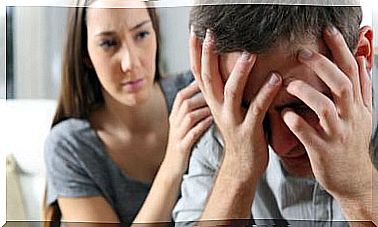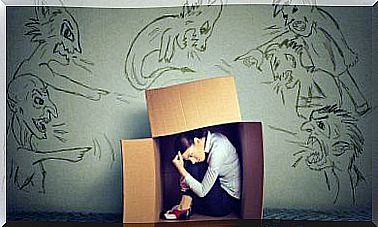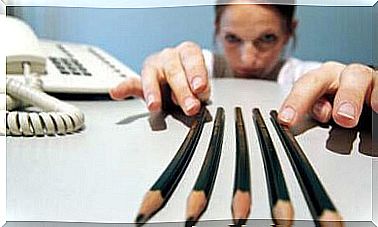Fear Of Going To The Bathroom In Children
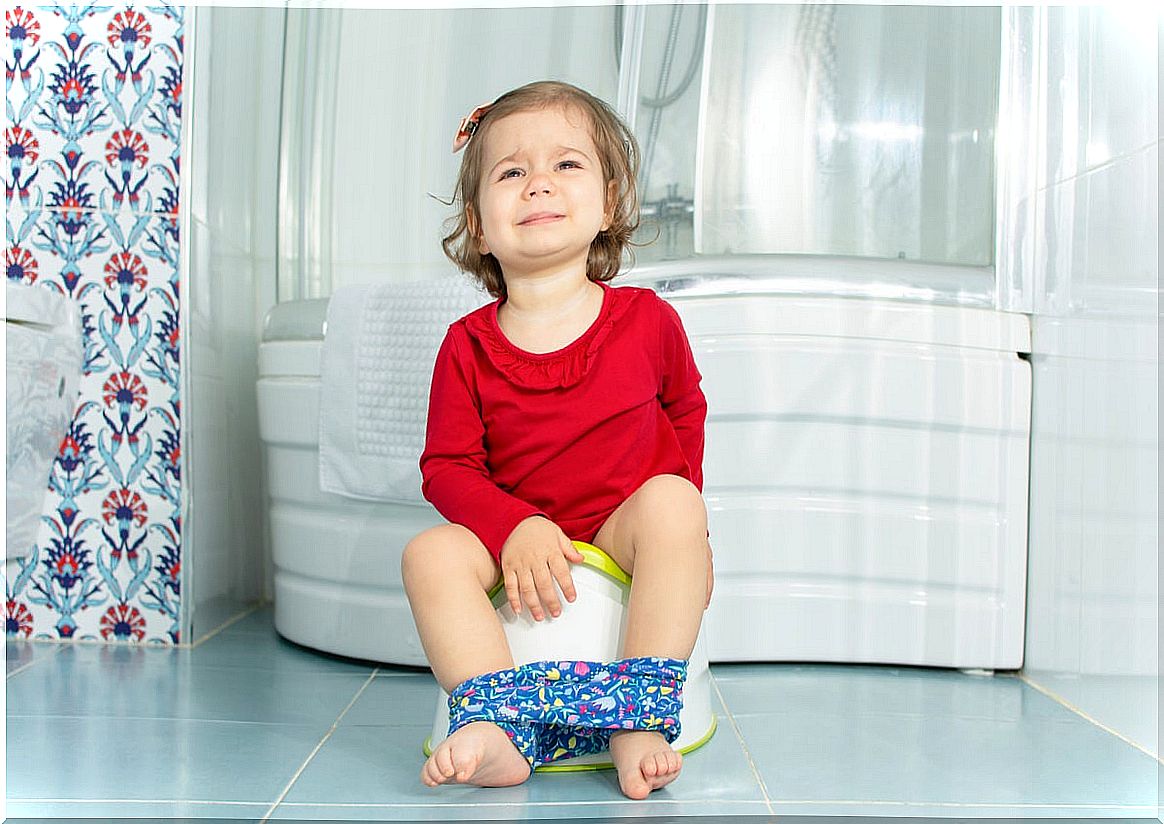
Learning to go to the bathroom alone is one of the first challenges a child has to face. Sometimes it happens that, despite knowing that they need to go to the bathroom, they prefer to delay or avoid it. One of the consequences of turning this procrastination into a habit is the appearance of constipation. As a result, children can further increase their reluctance to go to the bathroom, thus entering a circle.
This fear is relatively common in childhood, but it should not be ignored for that reason. Maintained over time, it can lead to more serious problems, such as encopresis -with constipation or retentive- or functional megacolon.
How is the vicious cycle “constipation – fear of going to the bathroom – increased constipation – increased fear” produced and exacerbated? What are the consequences of avoiding pooping? How can we help a child who is afraid to go to the bathroom?

The vicious cycle that aggravates the fear of going to the bathroom
Some of the reasons why children can avoid going to the bathroom are not wanting to interrupt the activity that occupies them, the fear that something internal and dirty will leave their body or the reluctance or embarrassment to go to the bathroom outside a familiar environment or known, among others.
Given this, the child resists the urge to go to the bathroom and the feces are retained in the colon. What occurs in the colon is a reabsorption of water, which hardens the stool. And when the child tries to go to the bathroom, a lot of pain appears and even anal fissures and small bleeding can occur. In this way, pooping will become a very unpleasant situation that the child will try to avoid.
As with all other phobias, fear leads to avoidance. In this case, the fear of suffering pain again causes the child to not want to go to the bathroom and to resist the urge to poop even more. Although the goal of avoidance is to “get rid” of the problem, it only aggravates it : avoiding pooping so as not to suffer aggravates constipation, and this will lead to more suffering.
The consequences of holding back the urge to poop
One of the most frequent consequences in children who retain stool is encopresis. This disorder consists of the emission of stool in inappropriate places. When the emission of stool is involuntary it is usually associated with constipation, stool compaction and retention of stool. The retention of the stool ends up producing an overflow. That is, an “escape.”
This type of encopresis is known as retentive encopresis or encopresis with constipation and overflow incontinence. In this case, the stool is usually poorly formed and leakage or leakage usually occurs continuously during the day (rarely at night).
When encopresis is not treated and the child continues to retain stool, distention and loss of sensation of the rectal wall can occur. This causes the child to lose the feeling of needing to go to the bathroom. And as a consequence, what is known as psychogenic megacolon is produced.
Megacolon consists of a dilation of the colon in which the stool is retained (becoming more and more compact) until it reaches the limit of its capacity and overflow occurs.
How can we help a child who is afraid to go to the bathroom?
We have focused on the voluntary behavior of holding on to the poop as a source of constipation. However, it can also happen that due to lifestyle, eating habits, or another disease (such as hypothyroidism) the child suffers from primary constipation and this causes pain when defecating and, as a result, the fear of developing go to the bathroom.
Therefore, the first step in addressing the problem, whether the constipation is primary or secondary, is to address the constipation to “break the circle. ” The pediatrician may recommend that the child increase fiber intake or administer laxatives.
Make the child participate in the problem and the solution
It can be helpful to explain to the child what stool is, how and why it is produced, and why it is important to pass it. Also make him understand the importance of maintaining a good bowel routine and paying attention to his body’s signals, as a prevention of future constipation problems.
If the child understands what has been the cause of the problem and that he himself can work so that it does not recur, he is more likely to be involved in solving it.
Establish a “nice” bowel routine against the fear of going to the bathroom
If the child has chronic constipation, the goal will be to change certain habits to improve it. However, when the constipation was the result of a bad habit, the next step will be to establish a good routine of going to the bathroom. We must not forget that for the child, going to the bathroom has become a very unpleasant moment.
Let’s try to make the time to go to the bathroom a more pleasant time to decondition fear. It can help us surround the experience with positive elements, such as a story or simply a while in which we pay attention to them.
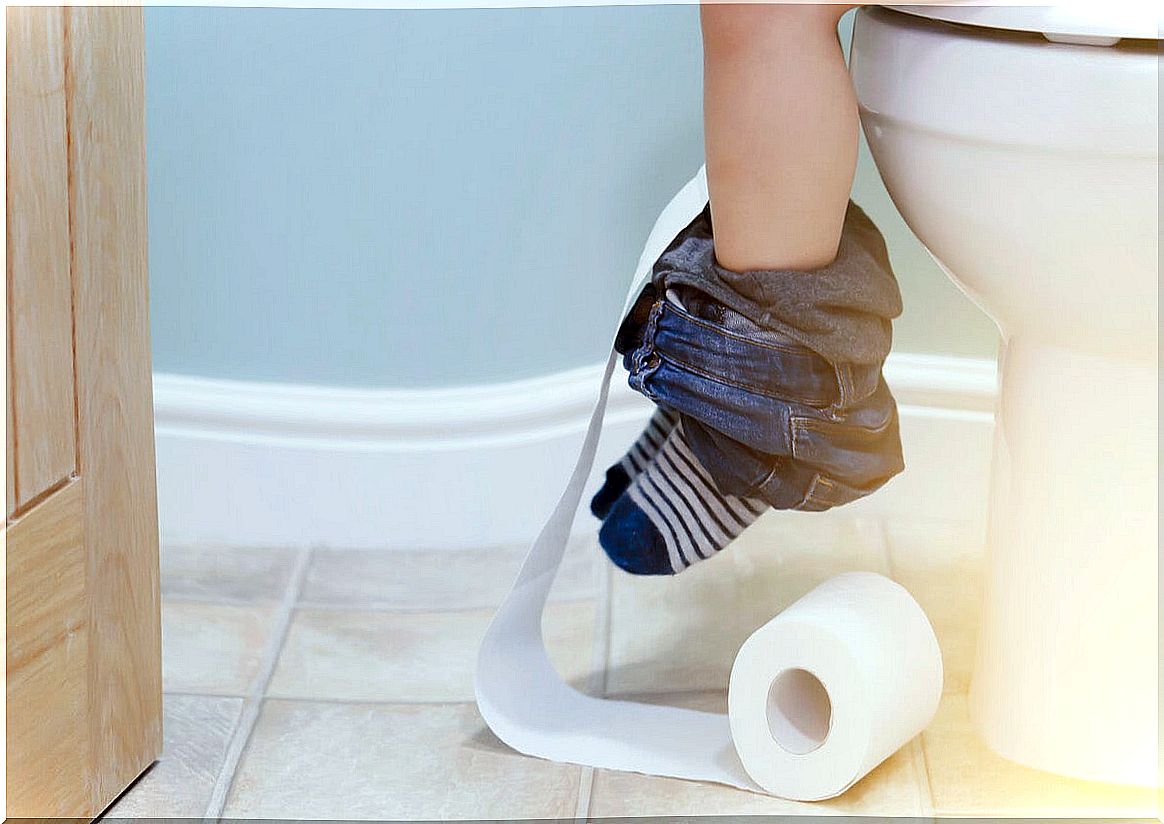
Sphincteric exercises
It must be ensured that the child does not perform stool retention strategies (for fear of trying to expel them), or paradoxical defecation dynamics. These consist of the tendency to strain the sphincter or the pelvic floor, instead of relaxing it, which prevents defecation.
You can do some muscle relaxation exercises with your child so that they learn to become aware of movements and sensations. Another way to facilitate defecation is to place a small step so that the child supports the feet to adopt a position similar to that of squatting.
Reinforcement, reinforcement and more reinforcement
Both in each attempt, as in each defecation, positive reinforcement is more than necessary. You can make a token in which the child can put a sticker as a reward for each time they comply with the routine and for each time they manage to poop. He should be congratulated every time he sits in the bathroom, whether or not he gets to poop. Even more so when you get it.




